Montane Racket-tail Parrot (Prioniturus montanus)
The Montane racket-tail (Prioniturus montanus) is a vibrantly colored parrot endemic to the mountain forests of Luzon Island in the Philippines. With it’s bright plumage and unique racketed tail feathers, this bird has captivated ornithologists and bird enthusiasts since it’s discovery.
Though superficially similar to other Asian parrots, the Montane racket-tail possesses several distinctive traits that set it apart. Adult males sport a striking blue face and prominent red crown, while females exhibit an all-green head. Both share olive-brown upper plumage and brilliantly colored tail feathers tipped in black. Two elongated central tail feathers form the ‘rackets’ for which these parrots are named.
Despite it’s limited range and small global population, relatively little is known about the natural history and conservation needs of the Montane racket-tail. Loss of mountain habitat and trapping for the pet trade likely threaten this Philippine endemic, meriting further research and protection efforts.
This article will explore the identification, distribution, ecology, and conservation status of the Montane racket-tail. Discover what makes this elusive highland parrot unique, from it’s specialized montane habitat to it’s spectacularly adorned tail. Gain deeper insight into the natural history and uncertain future of this little-known species.
History and Classification
The Montane racket-tail was first described scientifically in 1852 by French ornithologist Charles Lucien Bonaparte, who gave it the binomial name Prioniturus montanus. For many years it was considered conspecific with the Mindanao racket-tail (P. waterstradti), found further south in the Philippines, until recognized as a distinct species in 1997.
This parrot belongs to the avian order Psittaciformes and family Psittaculidae. Within the genus Prioniturus, the Montane racket-tail forms a Philippine endemic clade along with several other island taxa. It’s closest relative is likely the Green racket-tail (P. luconensis).
Taxonomic Classification:
- Order: Psittaciformes
- Family: Psittacidae
- Genus: Prioniturus
- Species: P. montanus
No recognized subspecies of the Montane racket-tail currently exist.
Physical Appearance
The Montane racket-tail is a medium-sized, stocky parrot measuring approximately 11.7 inches (30 cm) in length and weighing 3.5-4.9 ounces (100-140 g).
Size:
- Length: 30 cm (11.7 in)
- Weight: 100-140 g (3.5-4.9 oz)
Males and females exhibit sexual dimorphism in their plumage. Adult males have a bright blue face and prominent red crown spot, contrasting with their otherwise green and brown plumage. Females lack these colorful facial markings, with an entirely green head.
Both sexes share an olive-brown back and rump, green undertail coverts, and a green belly grading to yellow on the lower breast. The most distinctive feature of this species is the pair of elongated central tail feathers that form paddle-like ‘rackets’ and give the bird it’s common name. These feathers have black shafts and blue inner webs, framed by broad black and blue bands at the feather tips. The remaining tail feathers are mostly green with black-blue barring towards the ends.
Juveniles resemble adult females but lack the paddle-shaped tail feathers, instead showing normal pointed tail feathers without extended shafts.
Habitat and Distribution
The Montane racket-tail is endemic to the island of Luzon in the northern Philippines. It’s range is limited to mountainous areas of the Cordillera Central and Sierra Madre mountain ranges.
This species occupies humid montane forest habitats at elevations between 850-2900 meters (2,788-9,512 feet). It is found in the moist tropical forests along the slopes of Luzon’s highest peaks.
Range:
- Endemic to Luzon Island, northern Philippines
Habitat:
- Humid montane forest
- 850-2900 m (2788-9512 ft) elevation
Though some reports exist of the parrots visiting cultivated areas at lower elevations, their core habitat is high elevation primary forest. Conservation of these montane rainforests is crucial for preserving endemic species like the Montane racket-tail.
Diet and Feeding
In the wild, the Montane racket-tail feeds on a variety of seeds, fruits, berries, and nuts. Their natural diet likely consists of:
- Tree seeds
- Various nuts and legumes
This parrot has been observed foraging in cultivated areas near it’s mountain habitat, where it consumes agricultural crops and fruits. However, the core of it’s diet comes from native Philippine mountain forest plants.
Foraging takes place in the high canopy on individual trees or in small groups. The birds use their curved beaks to extract and husk seeds from fruit and cones. Food is manipulated and eaten with the foot while perched on branches.
Foraging Behavior:
- Feeds in canopy of montane forest trees
- Extracts seeds from fruit/cones with curved bill
- Eats while perched using foot to hold food
- May gather in small flocks but often solitary
Detailed analyses of stomach contents are still needed to better understand the dietary preferences of the Montane racket-tail. Further research into the feeding ecology of this endemic species can guide conservation efforts.
Breeding and Reproduction
Relatively little is known about the breeding behaviors of the Montane racket-tail in the wild. As with other parrots, they are presumed to nest in tree cavities, but few nests have been documented.
The breeding season is thought to occur from August to September. During this time pairs likely seek out suitable nesting sites in the trunks and branches of tall montane forest trees.
No clutch size data exists, but based on related species, the Montane racket-tail probably lays 2-4 eggs per clutch. Incubation duties are shared by both parents. Incubation and fledging periods are unknown.
Breeding Season:
- August to September
Nest sites:
- Tree cavities in tall forest trees
Clutch Size:
- Estimated 2-4 eggs
Incubation:
- Unknown
- Period unknown
Fledging:
- Age unknown
More field research is needed on the nesting habits, parental care behaviors, and early life stages of wild Montane racket-tails. Such data would aid captive breeding and conservation programs for this Philippine endemic.
Conservation Status and Threats
The Montane racket-tail is classified as Near Threatened on the IUCN Red List of Threatened Species. It’s global population is estimated to number between 2,500-10,000 mature individuals.
IUCN Red List Status:
- Near Threatened
Population:
- 2,500-10,000 mature individuals
However, more survey data is needed to accurately assess total population numbers and trends over time. The species has a restricted range and several ongoing threats:
- Habitat loss: Deforestation of montane forests, especially at lower elevations, reduces available habitat.
- Trapping: Capture for the wild bird trade threatens populations. Racket-tails are commonly sold as pets.
- Hunting: Some hunting for food and feathers occurs.
Protecting remaining montane forest habitats is crucial for the Montane racket-tail. Anti-poaching and anti-trafficking efforts must also be enhanced to curb removal of these birds from the wild. Without conservation action, habitat destruction and unsustainable trade could potentially endanger this endemic Philippine parrot.
Behavior and Ecology
The Montane racket-tail exhibits typical parrot behaviors but remains relatively little-studied in the wild. These birds are described as noisy and conspicuous in flight, giving loud, grating calls.
Social Behavior:
- Generally seen singly, in pairs, or small groups
- Noisy and gregarious
- Flock size increases around food sources
Vocalizations:
- Loud, shrill calls
Flight and Movement:
- Fast, direct flight above the forest canopy
- Called noisy and conspicuous in flight
- Rarely observed while perched and feeding
The Montane racket-tail is reportedly difficult to detect while feeding quietly in the forest canopy. But their bright plumage and distinctive calls make them easy to notice when in flight above the trees.
Little is known about the species’ interactions with other birds and wildlife. Likely key predators include tree-climbing mammals like palm civets. Further study of it’s ecological role and relationships is needed to support conservation.
In Captivity
The Montane racket-tail has rarely been kept and bred in aviculture. Very few birds are found in captivity outside of the Philippines.
Captive Status:
- Rarely kept as pets or zoo specimens
- Few captive breeding programs exist
Though suitable as pets for experienced owners, more work is needed to establish self-sustaining captive populations of this parrot. Studying their behavior and biology under avicultural conditions could supplement wild research and conservation efforts. Partnerships between zoos, breeders, and Filipino conservationists may help safeguard the Montane racket-tail.
Conclusion
The Montane racket-tail is a uniquely adorned parrot restricted to the diminishing montane forests of Luzon Island in the Philippines. While superficially similar to other Asian parrots, this species can be identified by it’s bright facial markings, olive-brown back plumage, and distinctive paddle-shaped tail feathers.
Though eye-catching in flight, these birds remain difficult to observe in their dense, high-elevation habitat. Little is known about their nesting habits, dietary preferences, and ecology beyond basic descriptions. Deforestation, trapping, and hunting threaten the limited populations of this endemic racket-tail.
Increased research and strengthened protected area management are vital for the Montane racket-tail’s future survival. It’s specialized montane habitat must be preserved through habitat conservation plans. Anti-poaching and trade restrictions can help curb unsustainable exploitation. Partnerships between Filipino agencies, zoos, and aviculturalists may aid captive breeding and reintroduction programs.
The unique biodiversity of the Philippines remains critically threatened. Saving endemic species like the Montane racket-tail requires a collaborative effort between local communities, government, scientists, and the global conservation community. Though elusive and little-known, these birds embody Luzon’s fragile montane wilderness, which must persist for future generations.

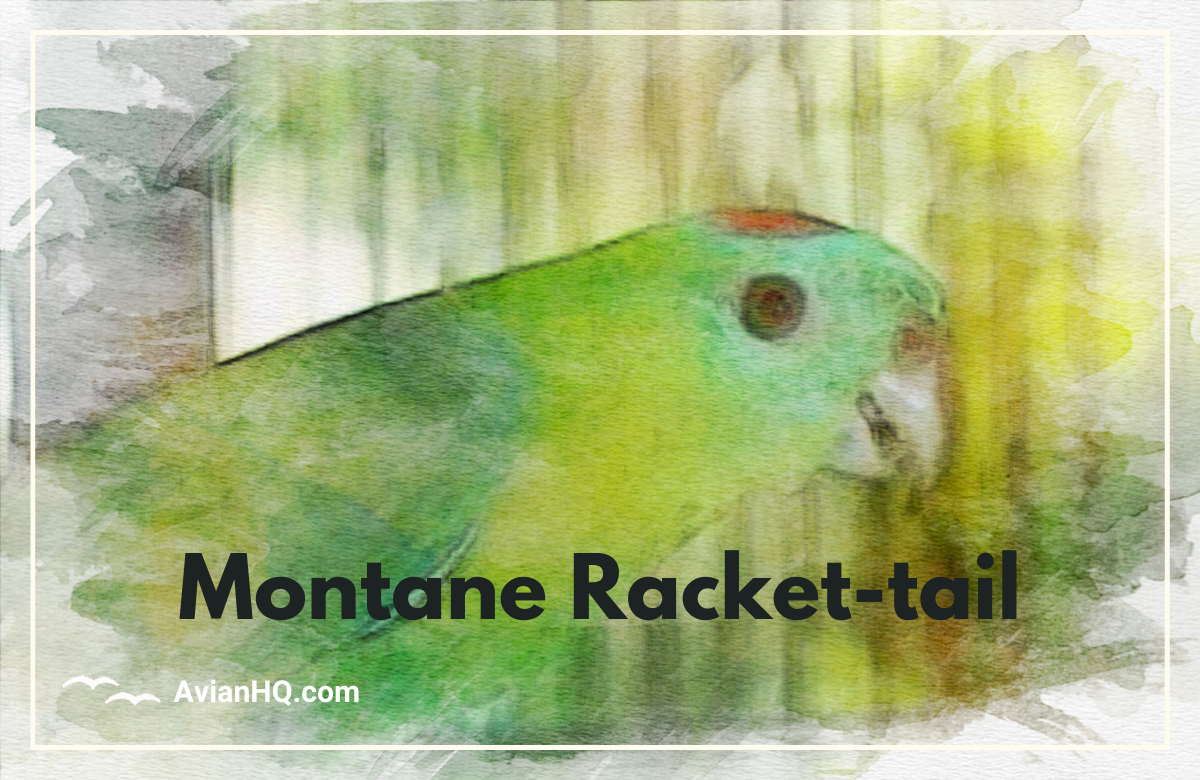
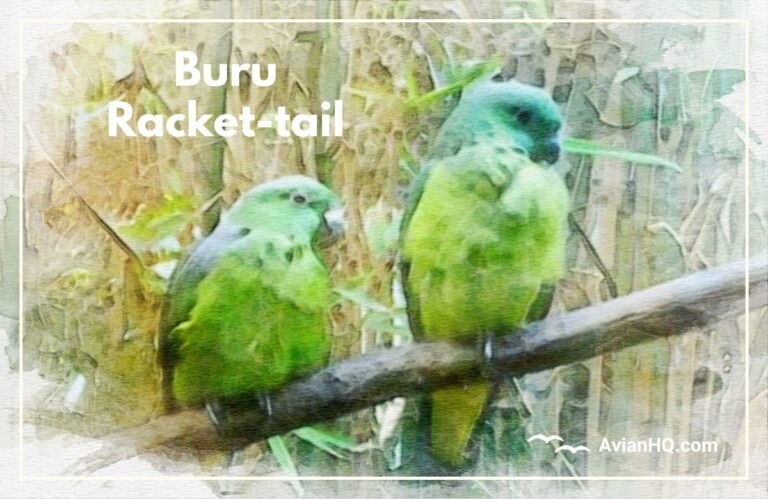
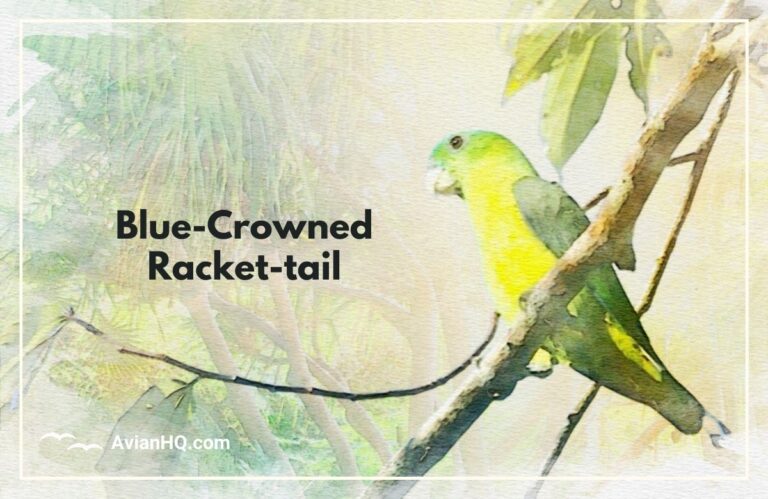

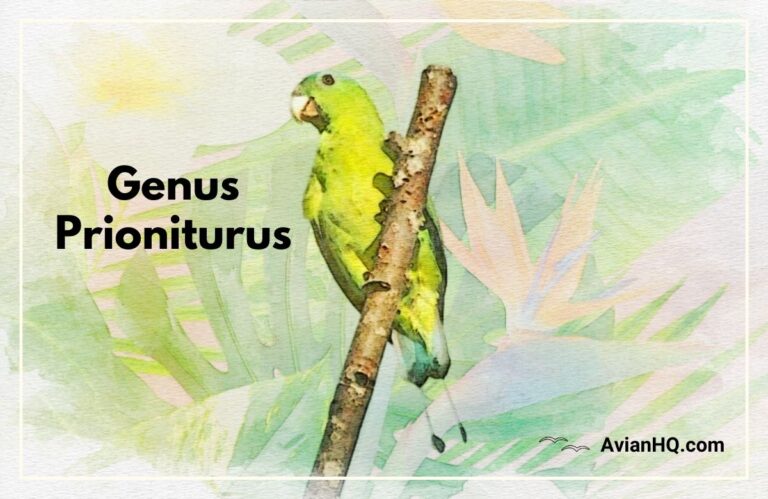
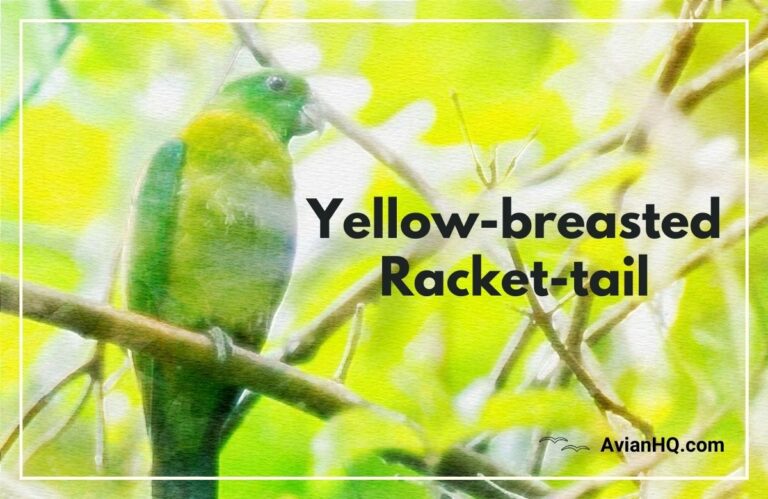
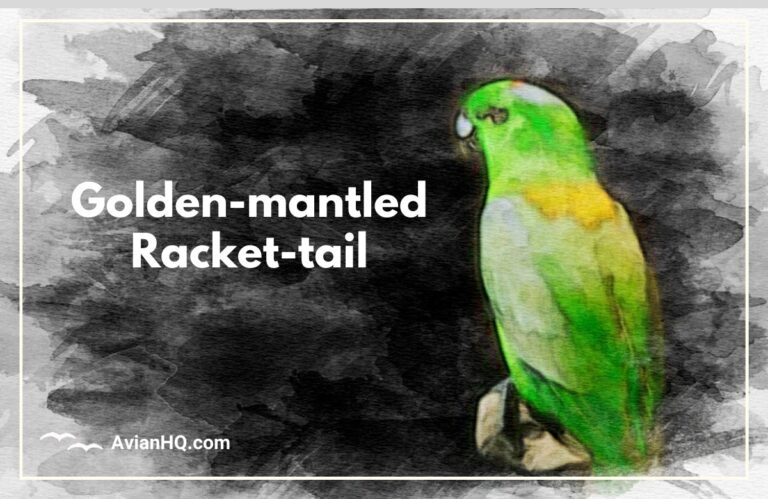
ex repudiandae aut vitae rem minus aut non tempora ratione. rerum omnis nemo accusamus explicabo. cumque vero voluptatem iure est ratione autem neque laborum deserunt sunt sit magni.